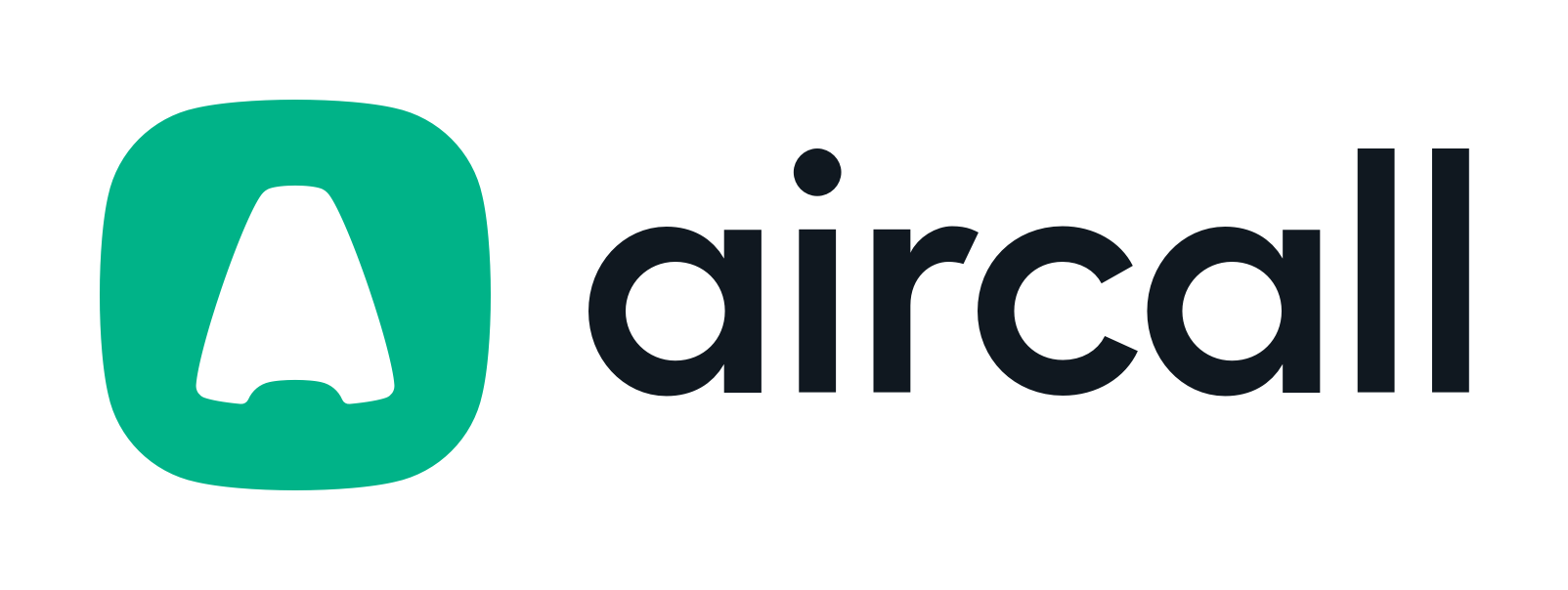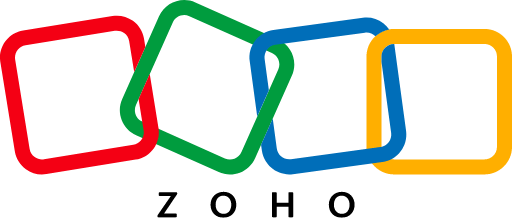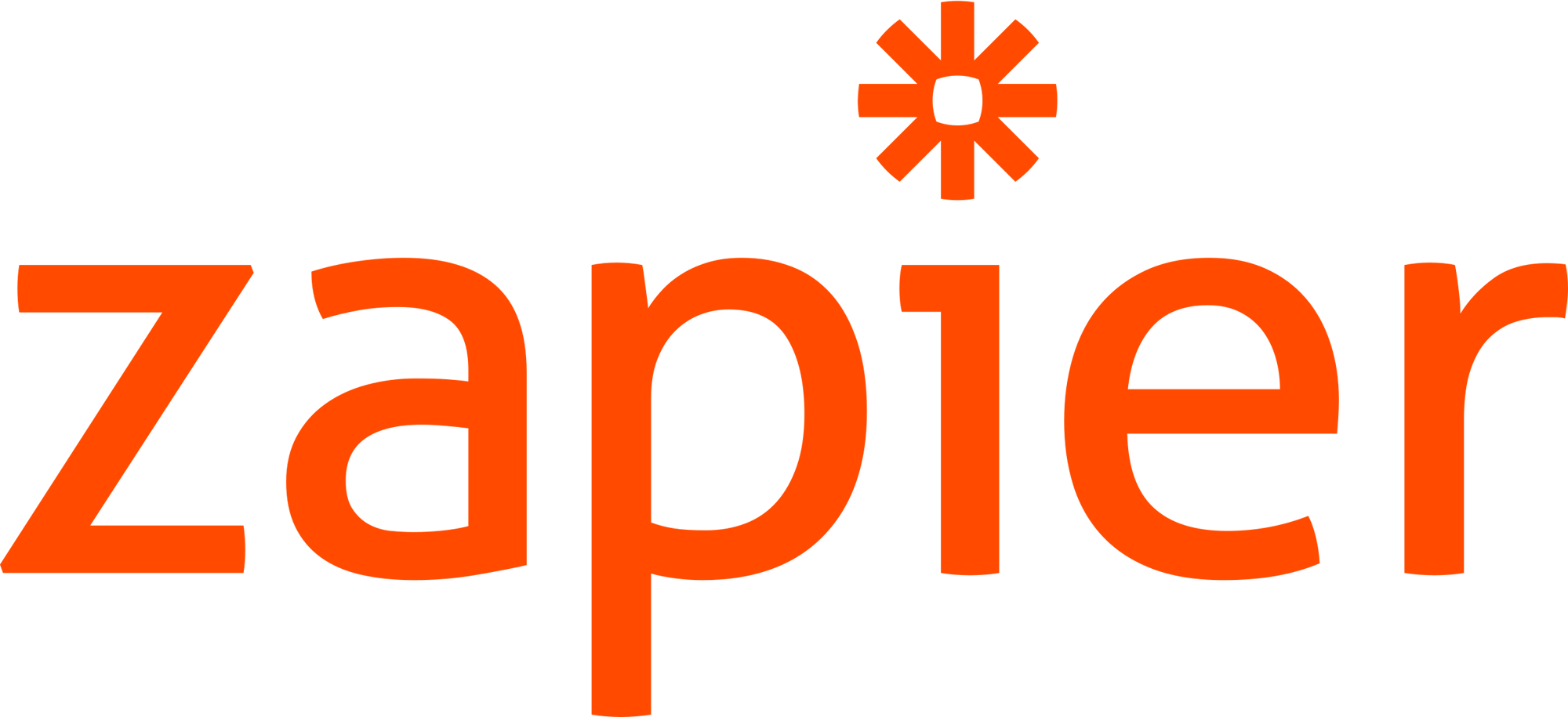![7 Ways to Get a List of Cell Phone Numbers [Tools]-festured-image](https://6052405.fs1.hubspotusercontent-na1.net/hubfs/6052405/2023%20-%20Blog/EN%20SEO%20blogs%20%28Product%20use%20case%20keywords%29%20%5B%2B%20FR%2c%20ES%20and%20DE%20variations%5D/List%20of%20cell%20phone%20numbers/EN_list-of-cell-phone-numbers-card.png)
How to Generate B2B Sales Leads in 2025 [20 Tips For SDRs]

Lead generation is a challenging task. It can be difficult to find and nurture leads to the point where sales development representatives (SDRs) book meetings with account executives.
As we head into 2025, these are the 20 best B2B lead generation strategies for SDRs.
Scroll down or click on the strategies here. 👇
- Use Kaspr to find and generate leads
- Intent data
- Website visitors
- Create a personal brand on LinkedIn
- Qualify your prospects early
- Follow up on marketing leads
- Attend or speak at industry events
- Always be expanding your network
- Revisit your closed-lost accounts
- Account-based selling (ABS)
- Get on the phone!
- Relevant and personal outreach
- Use email signatures
- Use social proof
- Start your own newsletter
- Experiment with creative outreach
- Try other social media platforms
- Use sales automation wisely
- Build highly targeted lists
- A/B test your cold emails
20 ways to generate B2B sales leads in 2025
These are the 20 best B2B lead generation techniques, helping SDRs both identify and connect with potential prospects. 🙌
1. Use Kaspr to find and generate leads
Kaspr is an all-in-one prospecting tool to help you find and generate new B2B sales leads.
Kaspr’s LinkedIn Chrome Extension allows you to capture contact data while viewing and browsing for prospects on the platform. Access phone numbers, email addresses and company info, then send it straight to your sales apps and CRM with integrations.
You can also use the Kaspr Extension to add prospects to a list in bulk (and contact information like email address and phone number) from your filtered LinkedIn Sales Navigator or people search. As an all-in-one tool, Kaspr also has lead management and workflow automation so that you can automate initial outreach with LinkedIn connection requests and introduction messages.

Kaspr makes it easy to find high-quality leads that are a strong ICP fit while you browse for people on LinkedIn.
2. Intent data
Leveraging intent data can make your B2B prospecting (even) more efficient.
Intent data (sometimes called “purchase intent data” or “buyer intent data”) analyzes buyer behavior to flag intent signals that indicate a buyer is likely to take a certain action.
Intent data can signal, for example, that a company is in the market to buy a specific kind of product. It may also indicate that a customer may leave your company for a competitor.
Cognism’s intent data allows you to search for prospects actively searching for products or services like yours.

It’s not just about who when it comes to prospecting; timing also plays a critical part, and that’s where intent data comes into play. Intent data can help with prospect research for reps by indicating where the prospect is in the buying cycle.
3. Contact website visitors
If someone visits your website, they’re officially a warm lead. They’re familiar enough with your brand that they’ve landed on your site to learn more about what you offer. 💻
You can use sales intelligence software to track prospects visiting your site. Follow up with personalized messages based on their activity, including which pages they viewed.
Your marketing team can also retarget website visitors with pay-per-click (PPC) ad campaigns on platforms like Google Ads, LinkedIn Ads, and Facebook Ads - even if you don’t have any of their information yet, thanks to cookie-based tracking.
Finally, have AI chatbots programmed on your site to answer basic customer questions. Use this as a lead generation and a product education platform all in one.
4. Create a personal brand on LinkedIn
You don’t want to rely on your company name to speak for itself; SDRs should work to create their brand, too. This is particularly important for finding prospects on LinkedIn.
A strong personal brand allows you, as an individual sales rep, to demonstrate your expertize and build trust with your audience. You can do so with the following tactics:
- Post authoritative thought leadership content.
- Interact with other users’ content.
- Share original insights.
- Answer user questions.
- Engage with LinkedIn’s new “collaborative article” feature.
5. Qualify your prospects early
The sooner you know who you’re dealing with, the better, which is why qualified leads are invaluable. You must do more than know the prospect matches your ideal customer profile!
Qualify your prospect list as soon as possible by getting firmographic and interest data like the following:
- The pain points and challenges.
- Which of your tools they’re most interested in.
- The size and annual revenue of their business.
- The growth plans of the business.
- Their company’s industry.
- The lead’s job title.
- How they plan to use your product, or what problems they want to solve.
Lead generation forms can capture some qualifying information immediately.
When you reach out to prospects, ask the questions you need to qualify them so you can decide how aggressively to pursue them and which products to recommend.
This way, when you book them for a meeting, you’ll reduce the risk of no-shows, wasted time and people who are just ticking a box to say they’ve looked at your competitors.
6. Follow up on marketing leads
Leads coming from the marketing team are earlier in the sales funnel but never write them off.
SDRs should follow up on marketing leads as soon as they appear in the CRM. They can qualify the potential customers and determine whether or not to pass them to account executives.
And remember that timeliness matters. Marketing leads are relevant when they first come through; don’t let their interest lag before reaching out. Jack Neicho, Senior Account Executive at Salesloft, says:
“I saw a stat from Serious Decisions that said marketing leads are followed up on average twice by sales reps”. 😱
“That’s even less than outbound leads! Optimal inbound cadences need to be ten touchpoints long. Always follow up your marketing leads; you never know what might happen!”
7. Attend or speak at industry events
Networking at industry events is an effective way to meet new people and build rapport with potential customers. Making that personal connection can be a huge selling point.
Choose industry events where your target audience will be in attendance. For example, SDRs for a company selling DevOps solutions would want to attend a tech conference with swarms of software engineers and their supervisors.
Consider investing in a booth for marketing purposes, allocate a budget to take potential prospects out to lunch, and, if possible, be a speaker at the event. 📢
8. Always be expanding your network
Prospecting is a never-ending task for SDRs, and continually finding new leads for the pipeline means always expanding your network.
And this doesn’t just mean trying to network with new prospects, though that’s certainly part of the job. Networking with other people in complementary industries is valuable, too, because you never know who they may introduce you to.
To expand your network, try these strategies:
- Join local networking groups or events.
- Participate in industry groups online, including on Facebook and LinkedIn.
- Stay in touch with past co-workers and supervisors.
- Always keep business cards on hand.
- Extend a helping hand to those asking questions. 👋
9. Revisit your closed-lost accounts
Closed-lost accounts are those where the sales prospect declines to ever purchase from you. And while those situations can be disheartening for sales reps, an initial no doesn’t mean a forever no.
When a prospect objects, try to find out why. A brief survey or asking your sales rep to inquire may give you that information. And in some cases, the loss of the deal may be due to a situation that could change later.
One key stakeholder could be holding up the sale, for example. If they move to another company, you may have an opportunity.
Or, budget is currently an issue. If you keep an eye on a company’s hiring efforts or fundraising success, you may see indications of upward scaling - and the chance to revisit the contract.
You might be able to book more meetings by the end of the month by revisiting those close-lost accounts that were a no. Make sure you choose your timing carefully, and let your potential clients know that the door is always open if they change their minds.
10. Account-based selling (ABS)
Account-based selling (ABS) is identifying specific potential clients that align with your ideal customer profile (ICP) and contacting them directly.
Sales reps and SDRs typically use ABS to identify key stakeholders at individual companies, conduct extensive research, and then create highly personalized outreach messages.
These messages typically aim to address an individual company’s suspected pain points and needs and often mention information specific to that B2B business.
An SDR may note, for example, that a company has a few niche positions they’ve seemingly struggled to fill or retain employees for. They could explain how their company’s hiring software makes finding and identifying qualified candidates easy across multiple platforms, offering a value proposition and a solution at once.
11. Get on the phone!
Cold calling is one of the most effective outreach methods, even beating out cold emailing. So don’t be afraid to pick up the phone when you’re ready to generate B2B business leads! 📞
Shabri Lakhani advises tons of teams after an extensive career working her way up from SDR to being part of sales leadership. Watch this clip to see why picking up the phone is one of the key things she’d do if she were a rep today. 🎬
When cold calling, research the company and the person you’re calling beforehand. Make direct contact with the key decision maker (or one of the key decision makers if there are multiple), using tools like Kaspr to access their updated phone number.
And above all else, make sure you follow our tips for outbound sales calls!
📹 Watch more videos from reps, account executives and sales leaders on prospecting on demand.
12. Relevant and personal outreach
Personalized outreach - whether on LinkedIn, email, cold call, or another platform - is the best approach.
Prospective customers silently ask that all-important question: What’s in it for me?
And if you want to answer it well, you need to know what makes that particular customer (and their brand) tick. Knowing as much information as possible allows you to craft a strong pitch and be prepared for common objections or concerns.
The more rapport you can build, the better. And if you have had similar job experience, a few connections in common, or a shared alumni, all the better.
13. Use email signatures
Email signatures are a simple and easy way to generate and nurture leads better.
Use email signature software to add custom, dynamic, and engaging signatures at the end of your emails. They can offer the following benefits:
- Help you look established and trustworthy.
- Highlight key benefits of your brand or product.
- Provide links to high-value resources like case studies or testimonials.
- Establish personal and company brand recognition.
Some email marketing tools offer basic signatures for free.
However, email signature tools like Mailtastic allow you to use advanced features, including customization for segmented lists and dynamic images.

14. Use social proof
Social proof is one of the most valuable marketing assets, so leverage what you’ve got for all its worth.
High-quality leads often research customer testimonials and reviews before they get in touch or decide whether to respond to your message.
When possible, you should:
- Have reviews on your personal LinkedIn for your work as a sales rep.
- Ensure that your company has company reviews and testimonials featured on their site.
- Feature in-depth case studies of clients in unique audience segments on your site.
- Share snippets of reviews or links to case studies in your outreach messages.
15. Start your own newsletter
A company newsletter is one of the most common lead generation tactics… but sales reps and SDRs have started their own newsletters, too.
Newsletters can inform potential buyers making purchase decisions, allowing you to get qualifying information from those opt-in forms. As a result, you may go straight past the prospect stage, collecting warm leads as they sign up.
Newsletters should always offer value to keep readers engaged. They can discuss the product and your brand but should focus heavily on industry news.
16. Experiment with creative outreach
Creativity and originality help you stand out, so testing different creative outreach messages never hurts! 💡
Cold leads are most likely to open and respond to your email if you actually capture their attention, and even cold phone calls with a unique hook can determine whether or not they’re willing to stay on the phone.
When getting creative, think outside the box and consider what would grab your attention. Make sure that you’re staying aligned with the overall brand voice and that you don’t veer too far into edgy.
17. Try other social media platforms
LinkedIn gets most of the attention regarding lead generation for SDRs, but that’s not the only place you can connect with customers.
Take the time to post relevant, helpful content on other social media platforms, including:
- Facebook.
- Instagram.
- TikTok.
- Pinterest.
- X (formerly Twitter).
Make sure that you’re creating content that’s not exclusively sales-focused. Offer value to your target audience, and tailor the content to each platform’s best practices. This can help generate organic traffic.
Take the time to interact with other users’ content, too. That’s crucial to relationship-building and can expand your reach and visibility on the platforms.
18. Use sales automation wisely
Smart sales automation can help you convert relevant prospects to generate leads at scale. Set up workflows that respond to sales triggers so that when a prospect takes a certain action, an action is triggered.
For example, when you add a new prospect to your list, their information can be sent to your CRM automatically. And when someone adds you as a connection on LinkedIn, you can automatically send a follow-up message.
Sales workflow automations take just a few minutes to set up but are an easy way to generate leads and nurture them through the pipeline.
19. Build highly targeted lists
B2B businesses often have diverse audience segments they’re trying to reach.
Therefore, creating lists of prospects segmented according to key traits and activity is essential to ensuring that each potential client sees messaging relevant to them.
Invoicing tools like Quickbooks, for example, market to large enterprise companies and solopreneur businesses. These are two buyer personas with unique needs, motivations, and pain points.
Kaspr has lead management and segmentation features for this reason. Add prospects to the right list as you find them based on your highly targeted filtered lists on LinkedIn and Sales Navigator.
20. A/B test your cold emails
The only way to find the perfect formula for cold emails is to test them thoroughly.
A/B test your cold emails, one element at a time. You should test the following:
- Subject line.
- Opening line.
- Pain point focused on.
- Value proposition.
- The format of the email.
- Your CTA or next steps suggested.
You can use email software to A/B test each component to see what improves response rates.
Start generating B2B sales leads with Kaspr
Generating more leads starts with knowing how to find the right prospects. That’s where Kaspr can help. 💪
Kaspr makes it easy to find prospects while browsing LinkedIn or searching through Sales Navigator, so you can capture a potential customer’s name, email address, and phone number no matter where you find them.
Build highly targeted lists with ease, and sync those lists straight to your CRM while automating outreach on LinkedIn. You can even place cold calls through Kaspr’s web app with an easy-to-set-up integration.
Ready to revamp your B2B lead generation efforts? Get started with Kaspr free today.
Accurate European contact data
Get accurate data for your prospects and connect with your favorite sales tool









